Differences Between Tungsten Disulfide and Tungsten Diselenide
- Details
- Category: Tungsten Information
- Published on Wednesday, 13 August 2025 11:39
- Written by Xiaoting
- Hits: 149
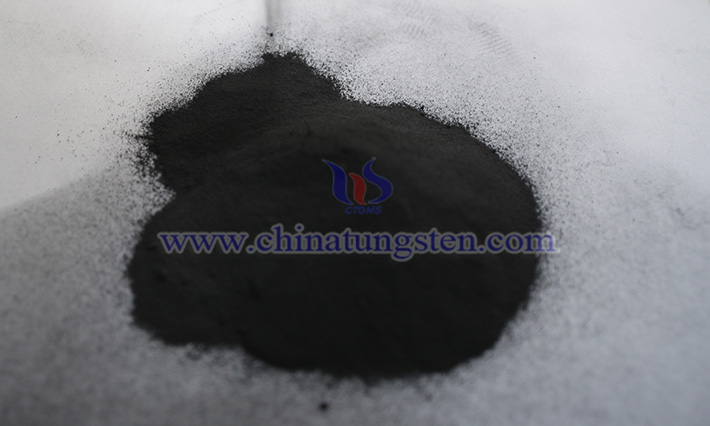
Tungsten disulfide and tungsten diselenide are typical compounds of the rare metal tungsten, both formed by combining the transition metal element tungsten with chalcogen elements (oxygen group elements). Both exhibit excellent physical, chemical, and thermal properties and are widely used in the optoelectronic field. However, there are significant differences between them in terms of specific concepts, properties, and applications. These differences stem from the distinct characteristics of sulfur and selenium, the chalcogen elements involved, which in turn lead to variations in their crystal structures, electronic bandgaps, and chemical stabilities. Such differences further result in their pergent performance in optoelectronic devices, catalytic reactions, and lubrication applications, making each compound suitable for specific scenarios based on its unique attributes.
Read more: Differences Between Tungsten Disulfide and Tungsten Diselenide
YG6 Tungsten Steel
- Details
- Category: Tungsten Information
- Published on Wednesday, 13 August 2025 11:37
- Written by Xiaoting
- Hits: 155
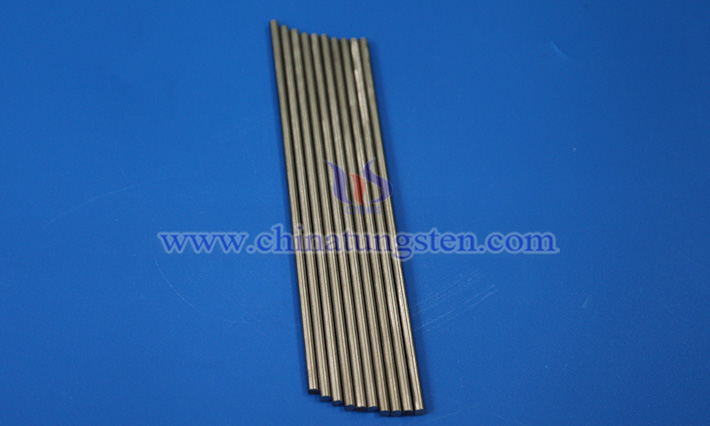
1.What is YG6 Tungsten Steel?
YG6 tungsten steel is a tungsten-cobalt hard alloy, a medium-grain tungsten-cobalt alloy composed of tungsten carbide (WC) powder and cobalt (Co) powder, with WC powder accounting for 94% and cobalt powder for 6%.
Main Applications of Tungsten Resin
- Details
- Category: Tungsten Information
- Published on Wednesday, 13 August 2025 11:30
- Written by Xiaoting
- Hits: 142
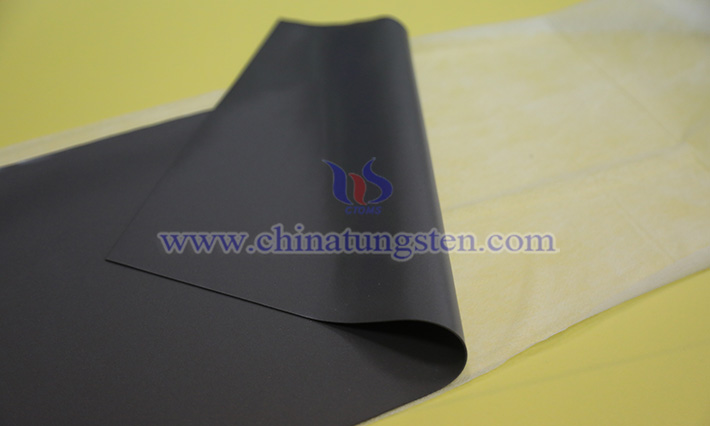
Tungsten resin, also known as resin tungsten alloy, tungsten-filled polymer, or tungsten polymer, is a product formed by mixing various resins (such as nitrile rubber, chlorinated polyethylene, polypropylene, polybutene, etc.) with transition metal tungsten powder through special metallurgical techniques. It is a gray-black solid material under normal temperature and pressure, featuring non-toxic, environmentally friendly, non-radioactive, high specific gravity, good plasticity, excellent hydrophobicity, strong radiation resistance, corrosion resistance, and oxidation resistance. As a result, it is widely used in aerospace, aviation, maritime, automotive, medical, and nuclear industry fields.
Tungsten Resin
- Details
- Category: Tungsten Information
- Published on Wednesday, 13 August 2025 11:32
- Written by Xiaoting
- Hits: 147
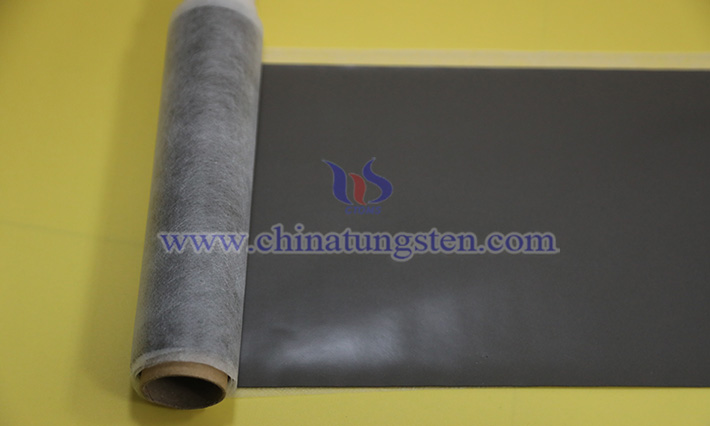
As a typical novel tungsten product, tungsten resin is a synthetic resin product formed by combining high-purity tungsten powder with various resin materials in different proportions. It is a gray-black material resulting from the combination of a transition metal and organic compounds, known in English as "Tungsten resin." Commonly used resin materials include nitrile rubber, chlorinated polyethylene, polypropylene, polybutene, polyurethane, and thermoplastic materials.
Pinhole Tungsten Alloy Collimator
- Details
- Category: Tungsten Information
- Published on Tuesday, 12 August 2025 19:55
- Written by Xiaoting
- Hits: 154
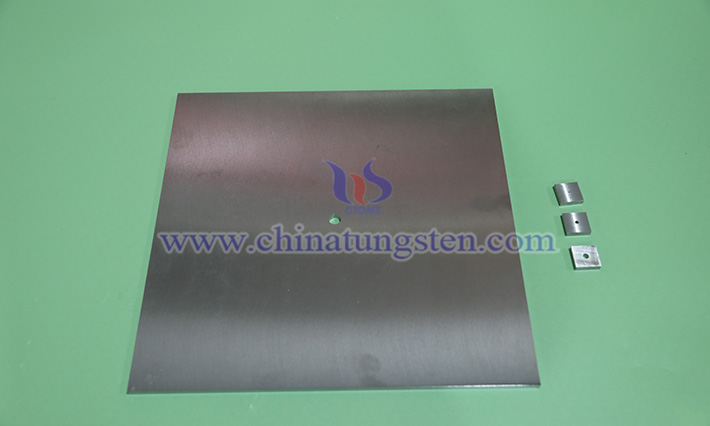
Pinhole tungsten alloy collimator is a critical component widely used in nuclear medicine imaging and radiation detection fields. It restricts the direction of radiation beams through a small hole (pinhole), thereby enhancing image resolution and accuracy. Due to its high density, tungsten alloy effectively absorbs and shields high-energy rays, such as gamma rays. Compared to traditional lead collimators, tungsten alloy collimators offer significant advantages in image quality, radiation protection, and manufacturing flexibility.




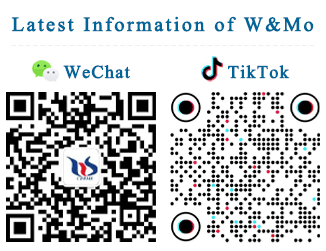
 sales@chinatungsten.com
sales@chinatungsten.com